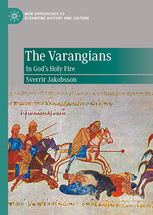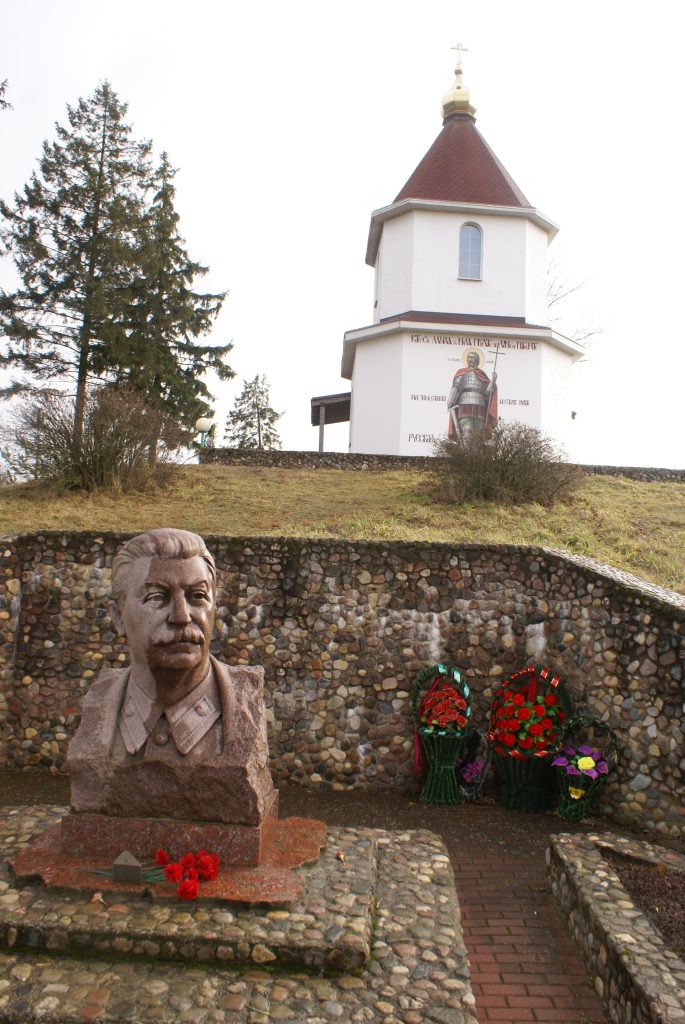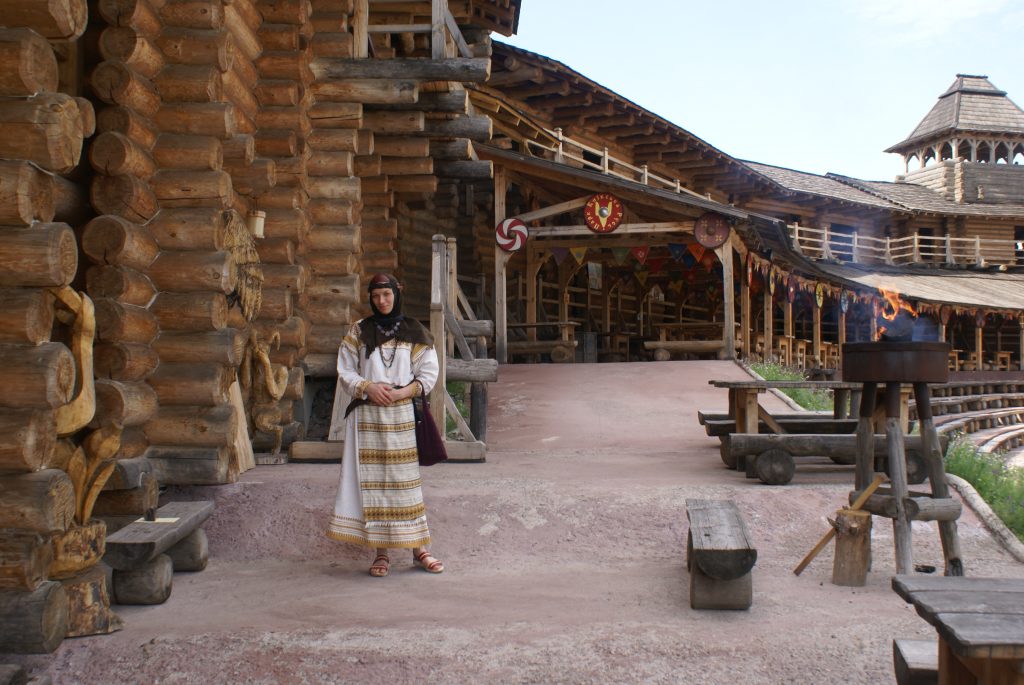2020 is about to leave us and no one will be sad to see it go. Of course, it’s been 10 days since the solstice and so technically a new year has already begun. The day grows longer by a few minutes each day and soon it will be time to plant the crops again. But for the Vikings (probably) the equinox was the first day of a 12 day feast and when the party’s over, a new year begins. And so it is to this day, more or less.
More importantly, today marks the premiere of the final series of The Vikings, the History Channel series that has been running since 2013. Although increasingly anachronistic, this is as close to history as the History Channel gets these days.
The series begins with the raid on Lindisfarne in 793. This is led by the probably mythological Ragnar Lothbrok, though even the myths don’t credit him with the raid, as he is said to have lived somewhat later. By the present and 6th series Ragnar is dead but his sons have come into conflict with Oleg of Novgorod, thought to have reigned from 879 to 912, although inevitably scholars dispute the chronology and some put him a few decades later. In any case, both Ragnar and his sons seem to have reached Old Testament ages, according to the show.
The first part of the 6th season ended with Oleg invading Scandinavia, which is not only historically but also geographically inaccurate. A Rus invasion of the Nordic countries would probably have been as unthinkable militarily as it was politically, although longships certainly did sail back and forth. The Slavic steampunk look with hot air balloons and all does little for authenticity.
Still, Eastern Vikings scholars can have some fun spotting other famous Rus figures, such as Igor and Askold, but the greatest fun to be had is in pointing out the inaccuracies to non-specialists. If they will have as much fun is another matter, but if not, they are advising us to spend New Year’s Eve alone anyway.
Happy New Year.
Vikings Season 6B | Official Trailer | Prime Video – YouTube



